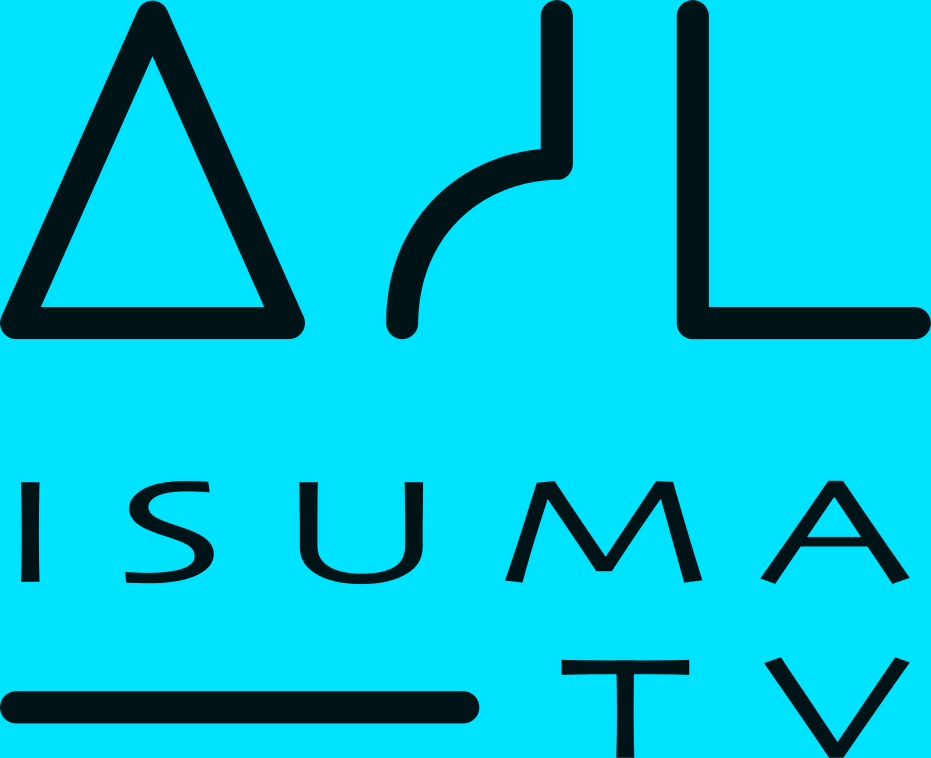
HOW TO
Using the app on your MOBILE
Using the app on a COMPUTER
About Comics
Comics allow you to say a lot with little space. Look at these one-panel comics for example; with one image and little to no text, you can get a message across to the reader.
One-panel comics can allow for many interpretations. Everyone will see the message of your story from different perspectives. This is good – because it leads to interesting discussions and exchanges of ideas! A one-panel comic can be a joke, a statement on current affair or politics, or simply an image open to interpretation.

FLOW
Think of your story as a film. Each panel should build on the last one to tell your story. Or think of your story as a connect-the-dots game. Each panel is a separate dot; connect them together to make your story. Here is a simple example with a three panel comic:

To help you think through your story, you can draw or write the scenes you want on paper. Let's say you want to make a comic of how to bake a cake. What images will you need?
Communicating the message: Ask a friend if they understand what you want to say in your story! Sometimes it is clear in your head, but not to others. If they understand, then you have communicated your message clearly.
Choosing your images:
Two important things when choosing or creating an image are shot, and angle.
Shot: Shot refers to how you frame your character within the larger panel. Usually, you have wide shot, medium shot, and close-up.
Wide shot

Medium shot

Close up

Angle: When taking your pictures, think of what angle you want to take it at. Angles can completely change how you look at something. It can make something seem scary, impressive, threatening, small, weak, etc. Play with angles when you take pictures.
Words:
Time Machine allows you to make speech bubbles, thought bubbles, as well as captions. Captions are a more common way of telling the story, and they can help explain a scene or situation.

Remember – an image can sometimes do a better job at communicating an idea than words. As an exercise, try and communicate your message without words. That way your images add to the story without needing to explain it.

In comics – bubbles can express what your character is thinking.

Storyboarding consists of coming up with a concept of some kind to organize your story. Break down your stories into scenes. To brainstorm and build up your story – sketch them out with drawings or words. Storyboarding helps give direction to your narrative.
Here are a few basic example of story formulas:
Conflict-resolution formula:
1. Where is the story happening? In my bedroom
2. Who is in the story? My mom and I
3. What is the conflict? I lost my key
4. What is the solution? I cleaned my room but I never found it
5. What is the result? My mom got angry at me





Fantasy formula: You can make up stories that are impossible.
1. Where is the story happening? In my bedroom
2. Who is in the story? My mom, me, and a little beluga
3. What is the conflict? I lost my key
4. What is the solution? The beluga found it
5. What is the result? My mom gave my beluga a bath, she loves my beluga now








1. Choose someone to interview. What do you want to know from them? EX: Choose to interview an elder. What would they do when they were your age? 2. OR Choose something you want to know, and find someone to ask. EX: I want to learn how to bake a cake. I will ask my grandma how she bakes a cake.
Situation formula: choose an event, or a situation to create a comic around. EX: a concert, a day in your life, a walk, what you like to do after school.
EXERCISES
1. Feelings:
Good comics express feelings without words. Choose an feeling to tell a story.
Examples:
Sadness: My father passed away. Joy: we just received a dog.
OR choose an emotion (confident, uncertain, frustrated, hurt, mischievous, tired, hungry, happy, scared, brave, angry, distracted, find some more fun ones).
2. Group Exercise:
Split into small groups. Choose a film you have all seen and like. Tell the story in 16 panels. Think of storyboarding to help get the story clear. Draw and write in the panels. You can only use one sentence per panel.
3. Image Exercise:
Make a story with only one image. Any story you like.
4. Disappearing panels:
Comics are a way for you to concentrate your story. For an example – think about what you want to tell your audience, then try and do it in as few panels as possible. For example, start with 6 panels. Then try and tell the same story in 5. Then in 4, and so on until you have only 1. Does your story still work?
Example: a concert, a day in your life, a walk, what you like to do after school?
Using the app on a COMPUTER step by step.

























